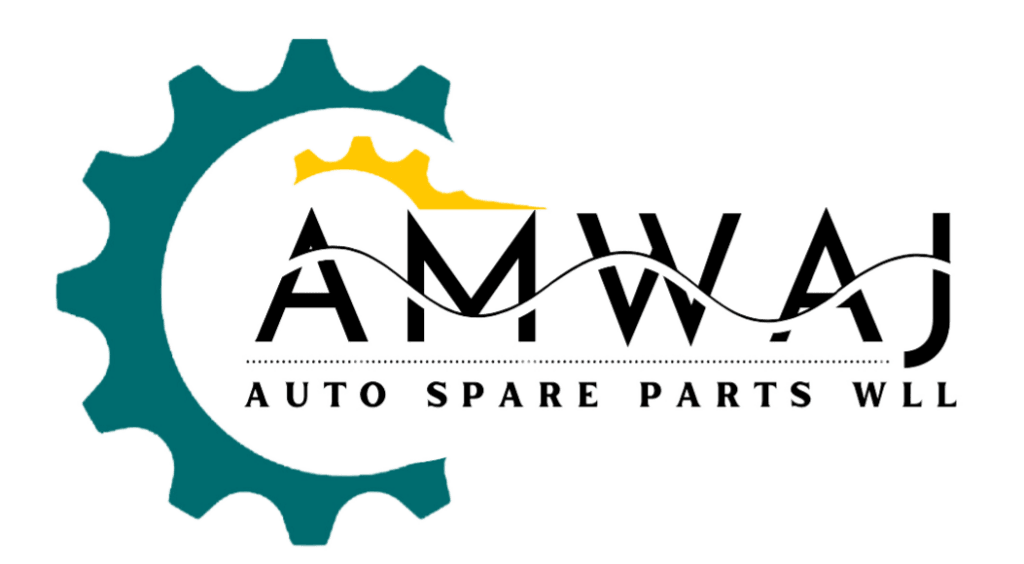When it comes to replacing car parts, one of the biggest dilemmas is choosing between OEM (Original Equipment Manufacturer) and aftermarket parts. Both options have their pros and cons, and the right choice depends on your vehicle, budget, and repair needs. This guide breaks down the differences to help you make an informed decision.
What Are OEM Parts?
OEM parts are made by the same manufacturer that produced the original components in your car. They are designed to match your vehicle’s specifications perfectly and are often sold through dealerships.
Pros of OEM Parts:
- Guaranteed compatibility with your vehicle.
- High-quality materials and craftsmanship.
- Backed by a warranty from the manufacturer.
- Ideal for newer cars or complex systems like engines and transmissions.
Cons of OEM Parts:
- More expensive than aftermarket options.
- Limited availability outside dealerships.
- Fewer options for customization or performance upgrades.
What Are Aftermarket Parts?
Aftermarket parts are produced by third-party manufacturers and are designed to fit a wide range of vehicles. They are widely available online, in auto shops, and through independent retailers.
Pros of Aftermarket Parts:
- More affordable than OEM parts.
- Wide variety of brands and options to choose from.
- Some brands offer performance upgrades or enhanced durability.
- Easier to find for older or rare vehicles.
Cons of Aftermarket Parts:
- Quality can vary significantly between brands.
- May not always match OEM specifications perfectly.
- Limited or no warranty coverage for some products.
- Risk of counterfeit or low-quality parts.
Key Factors to Consider When Choosing
1. Vehicle Age and Warranty
If your car is new or still under warranty, OEM parts are often the safest choice to avoid voiding your warranty. For older vehicles, aftermarket parts can be a cost-effective solution.
2. Budget
Aftermarket parts are generally cheaper, making them a popular choice for budget-conscious drivers. However, investing in OEM parts may save you money in the long run by reducing the risk of premature failure.
3. Part Criticality
For critical components like airbags, brake systems, or engine parts, OEM is usually recommended for guaranteed safety and performance. For non-critical parts like mirrors, wipers, or filters, aftermarket options are often sufficient.
4. Quality and Brand Reputation
Research aftermarket brands thoroughly. Look for certifications like ISO or CAPA, read customer reviews, and choose reputable suppliers to ensure quality.
5. Availability
OEM parts are typically available through dealerships, which can mean longer wait times. Aftermarket parts are more widely available and often ship faster.
When to Choose OEM Parts
- Your vehicle is under warranty.
- You need a critical component replaced (e.g., transmission, ECU).
- You want guaranteed compatibility and quality.
- You’re not concerned about cost.
When to Choose Aftermarket Parts
- You’re working with a tight budget.
- Your car is older or out of warranty.
- You’re replacing non-critical parts (e.g., headlights, filters).
- You want performance upgrades or customization options.
Conclusion
Both OEM and aftermarket parts have their place in vehicle maintenance and repair. OEM parts offer peace of mind with guaranteed quality and compatibility, while aftermarket parts provide affordability and flexibility. Consider your vehicle’s age, the part’s criticality, and your budget to make the best choice. Always buy from trusted sources to ensure you’re getting reliable, high-quality components.
FAQ Section
Q1: Are aftermarket parts as durable as OEM parts?
A: Some high-quality aftermarket brands are just as durable, but quality varies. Always research the brand and read reviews.
Q2: Can I mix OEM and aftermarket parts in my car?
A: Yes, but avoid mixing critical components like brake systems or engine parts to ensure safety and performance.
Q3: Do aftermarket parts void my car’s warranty?
A: Not necessarily. The Magnuson-Moss Warranty Act protects your right to use aftermarket parts, as long as they meet OEM standards.




